Belfast Troubles Self Guided Walking Tour
Belfast Troubles Self Guided Walking Tour
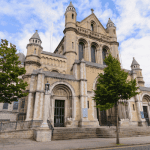
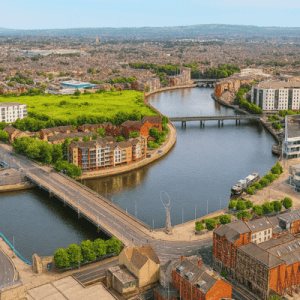
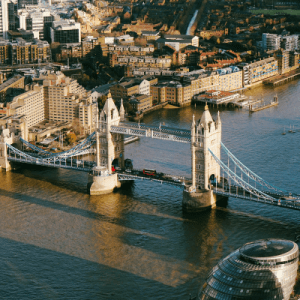
2 Hours
Daily Tour
Unlimited
English, French, German, Spanish
Walk through Belfast’s divided neighborhoods and discover the real stories behind The Troubles with this immersive self-guided audio tour. Experience Belfast’s most significant historical sites across 29 stops over 2-3 hours. Perfect for history enthusiasts and curious travelers wanting to understand Northe... Read more

Begin at St. Anne's Cathedral beneath the 40m Spire of Hope. Introduction to Belfast's 30-year conflict between Unionists (British/Protestant) and Nationalists (Irish/Catholic). Two cities, one space.

Belfast's oldest Catholic church (200+ years) lost 100 parishioners during Troubles. Prince Charles visited, calling for peace. Represents centuries of religious division dating to 1688 Protestant victory.

Former 'Methodist Cathedral' closed in 1980 due to violence. Located at crossroads of Catholic/Protestant areas. Built during Belfast's industrial peak, now restored as community hub after decades.

The Crum: 150-year prison housing 25,000 inmates. During Troubles, IRA and loyalist prisoners shared cells. Scene of escapes, bombings, executions. Now a wedding venue - transformation symbol.

Protestant working-class area with British flags and painted curbs. Built on shipyard/linen mill jobs. 1993 IRA fish shop bombing killed 9 civilians, becoming a Troubles turning point.

West Kirk Presbyterian Church built by displaced congregations. Memorial garden honors loyalist victims with wreaths, flags. July 12th Orange Order parades celebrate 1690 Protestant victory.

Built 1969 as temporary barrier, now 50+ years old. One of 100+ peace walls across Belfast. Gates close nightly. Covered in graffiti, messages from global visitors like Clinton, Mandela.

Lanark Way Peace Gate: 4m tall, opens 6am-10:30pm daily. Built 1988 during peak violence. 2021 riots reminded that past tensions remain. Murals now cover steel with peace messages.

Site of August 1969 destruction when loyalist mobs burned 7 homes. Families fled with only clothes. Quiet residential road today, but holds pivotal moment when Troubles truly began.

Phoenix memorial rising from stone symbolizes community rebirth after Bombay Street destruction. Sacred ground for republicans honoring IRA volunteers and civilian victims of conflict.

End of Bombay Street where destruction spread in 1969. Turn toward Peace Wall shows how ordinary residential areas became battlegrounds during sectarian violence and community displacement.

Red-brick Catholic landmark at crossroads of Falls/Shankill. 1969 sanctuary for fleeing families. Secret peace talks venue in 1980s-90s. Fr. Reid and Reynolds helped broker 1994 ceasefire.

January 30, 1972: British Paras killed 13 unarmed civil rights protesters in Derry. Cover-up followed. Shattered faith in peaceful reform, drove hundreds to join IRA, escalated Troubles.

Iconic portrait of IRA hunger striker who died 1981 protesting criminalization. Elected MP while starving. Mural shows phoenix, broken chains, quote: "Our revenge will be laughter of children."
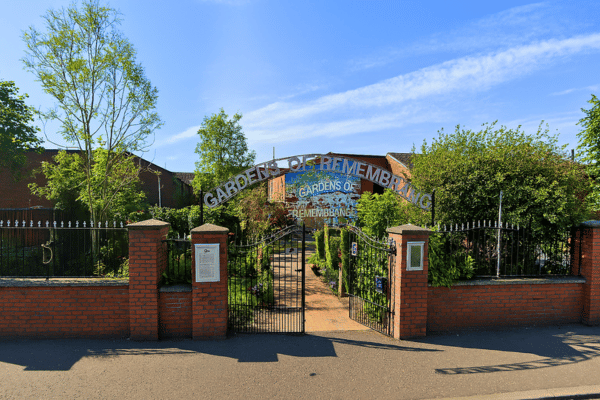
Irish Belfast: tricolors, Gaelic signs, green/white/orange curbs. Working-class Catholic area excluded from jobs/housing/voting. Garden of Remembrance honors republican dead and civilians.

Europe's biggest open-air gallery. International solidarity murals support Palestine, Cuba, global liberation movements. Community-painted political art, education, and tribute to shared struggles.

Site of first major IRA gun battle, 1969. Bullet holes still visible in walls. Once defensive post during violence, now transformed into vibrant community hub serving local families.
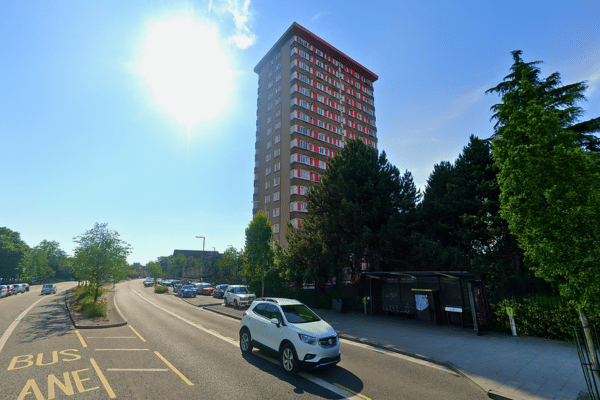
Concrete giant housing British Army observation post 1969-2005. Military surveillance over Catholic Falls Road created constant tension. Symbol of occupation now transformed to residential use.

1970s war: 10,000+ bombs, 37,000 shootings, 3,700+ dead, 50,000 injured. IRA went global, loyalist paramilitaries responded. Shankill bombing, Greysteel pub attack examples of peak brutality.
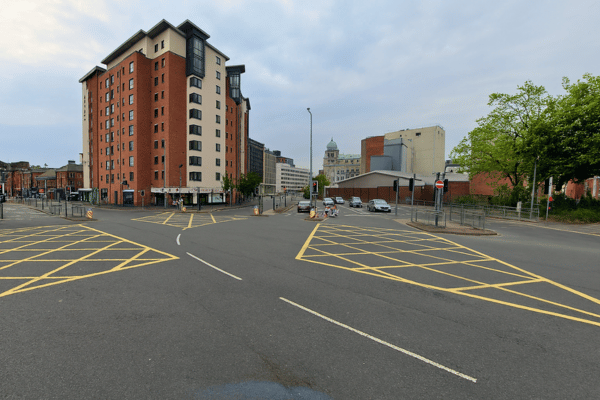
1980s-90s shift: Bobby Sands MP election, Enniskillen bombing backlash, secret Adams-Hume talks. 1994 IRA ceasefire after Warrington child deaths. Peace possible through politics discovered.

Europe's most bombed hotel (30+ attacks) never closed. Journalists' headquarters during Troubles. Clinton stayed 1995, legitimizing peace process. Symbol of resilience and international confidence.

Good Friday Agreement 1998: 70% NI, 90% Ireland voted yes. Power-sharing began but divisions remained. Schools, housing still segregated. 90% opposed removing peace walls in 2012 survey.

Brexit disrupted fragile peace. Irish Sea border angered unionists, hard border threatened nationalists. 2023 attacks show tensions persist. Children still grow up in separate communities.

Past Queen's University toward tour end. Belfast proves deepest hatreds can heal through courage, compromise. Former enemies now govern together. Walls stand but hearts/minds no longer divided.
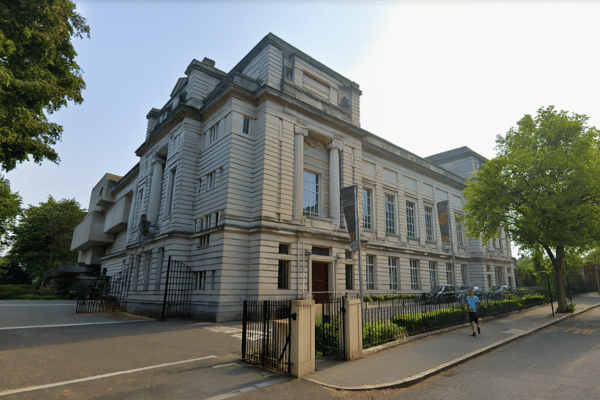
Tour finale at Northern Ireland's largest museum. Edwardian-modern architecture houses ancient artifacts to Troubles footage. Free entry. Adjacent Botanic Gardens offer peaceful reflection space.
Leave a review